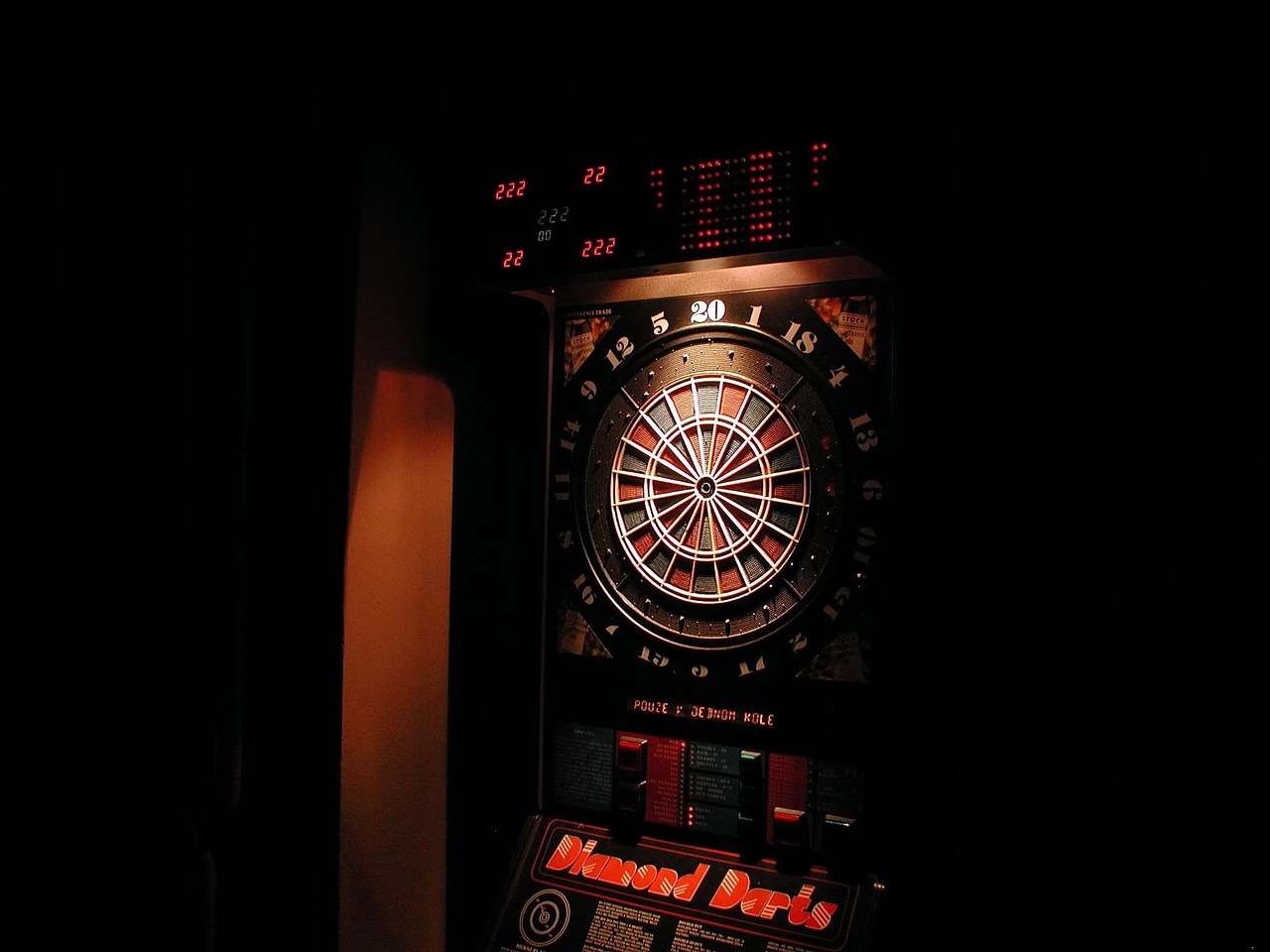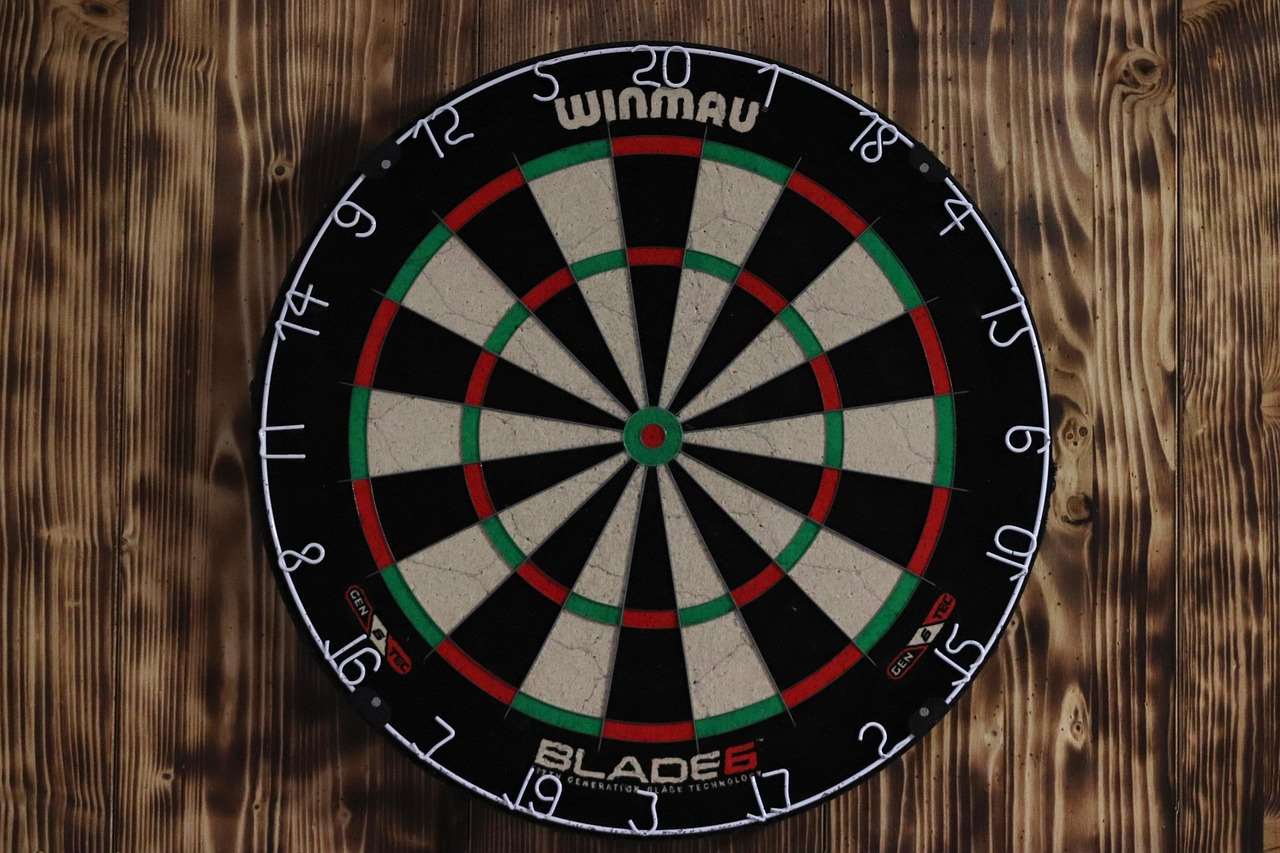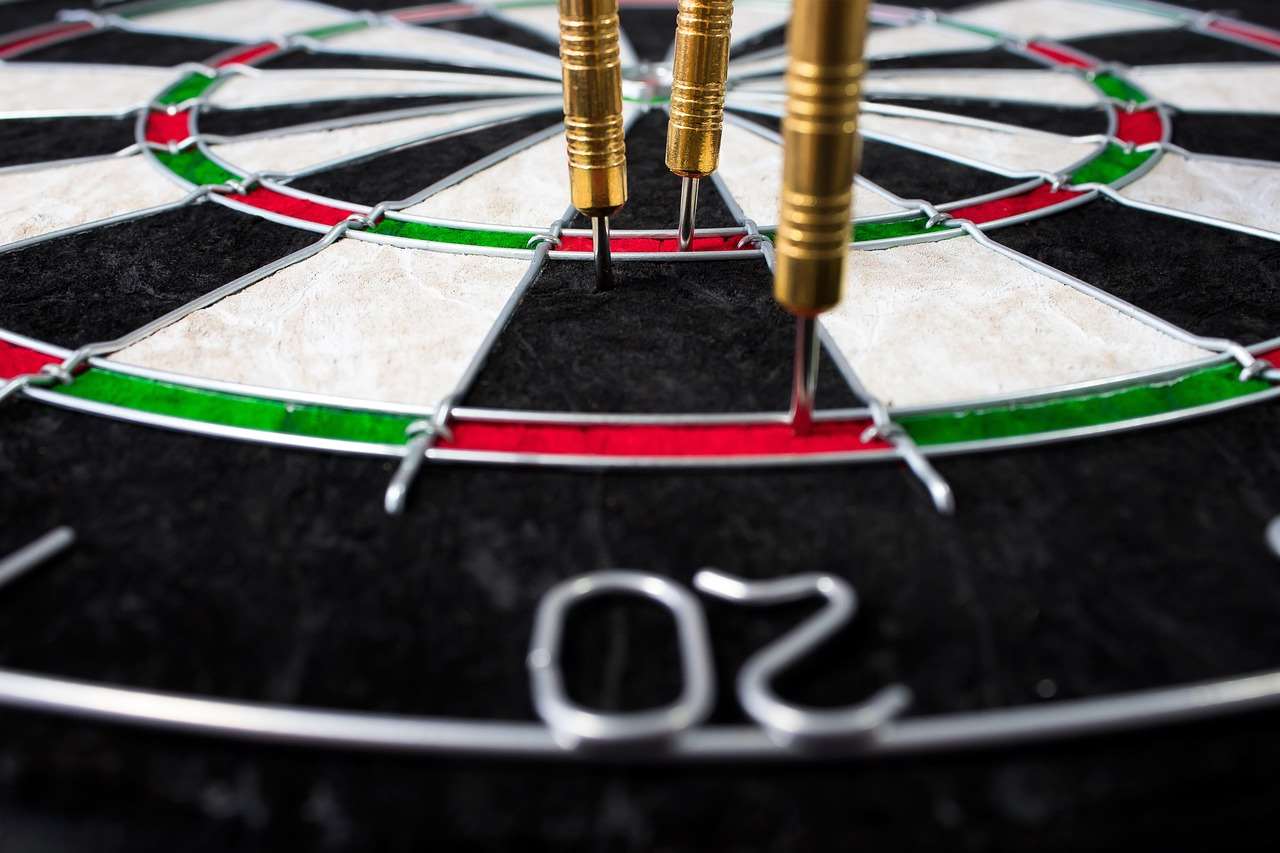Simply put, what are darts points? They’re the sharp, pointy ends of darts, the projectiles used in the game of darts. This article will delve into the specifics of darts points, exploring different types, materials, and their impact on gameplay, as well as addressing frequently asked questions about their maintenance and replacement.
⚠️ Still Using Pen & Paper (or a Chalkboard)?! ⚠️
Step into the future! The Dart Counter App handles all the scoring, suggests checkouts, and tracks your stats automatically. It's easier than you think!
Try the Smart Dart Counter App FREE!Ready for an upgrade? Click above!
Choosing the right darts points can significantly affect your game. The weight, material, and even the shape of the point can influence your accuracy and score. Understanding these nuances can help you improve your dart game. 
What Are Darts Points: A Deeper Dive into Materials and Types
Darts points are far from uniform; they come in various materials, each offering unique advantages and disadvantages. The most common materials are steel and soft tip. Steel-tip darts are primarily used in professional and serious pub games, known for their durability and ability to penetrate traditional bristle dartboards. These darts often need to be replaced more frequently due to the wear and tear on the points themselves, which can damage the dartboard. What are darts points made from? Well, let’s take a closer look.
- Steel points: These are the traditional choice, offering excellent penetration and consistent performance. However, their sharp edges require careful handling and a sturdy bristle board. Consider adding a steel dart to your collection today!
- Soft tip points: Designed for electronic dartboards, these points are made from a plastic material that won’t damage the sensitive electronics. They’re generally safer and quieter, making them ideal for home use. It’s important to choose the appropriate point for your board, as using the wrong type can cause damage.
Beyond the basic steel and soft-tip distinction, there are variations within each category. For instance, steel points can have different tip shapes – conical, blunt, or even specialized shapes designed for specific playing styles. This is a crucial aspect when considering what are darts points, as the shape directly relates to the functionality and accuracy of your throws.
Choosing the Right Darts Points for Your Needs
Selecting the correct dart point isn’t simply a matter of picking the first one you see. It requires consideration of your individual style, the dartboard you are using, and your overall performance goal.  For beginners, I would recommend opting for standard steel or soft-tip points to master the basic throw before branching into more specialized options.
For beginners, I would recommend opting for standard steel or soft-tip points to master the basic throw before branching into more specialized options.
The weight of your dart is affected not just by the barrel but also by the point. While the overall weight is significant, the distribution of that weight plays a major role. Heavier darts points can impact the stability and feel of the dart flight during your throw. You might want to experiment with varying point weights to find a preference. This may lead to improved accuracy. Consider what are darts points in relation to your overall dart weight for the best results.
Maintaining Your Darts Points: Essential Tips for Longevity
Proper maintenance extends the life of your darts points and enhances their performance. Regular cleaning helps prevent the accumulation of dirt and debris that can affect their grip and accuracy. Avoid throwing darts at inappropriate surfaces, as this can damage the points and affect your game. Using a download darts app might seem counterintuitive, but it’s good for keeping track of game statistics.
For steel-tip darts, it’s particularly vital to inspect them frequently for bends or damage. A bent point will affect your accuracy. Straightening a bent point might be possible with gentle manipulation, but replacement is often the better option. Soft tip points may need replacement less frequently, but it’s still good practice to keep an eye on them and replace them when worn.
- Regular cleaning: Wipe your darts points after each playing session to remove dust and dirt.
- Inspection: Examine the points closely for any signs of bending, damage, or wear.
- Proper storage: Store your darts in a safe place to prevent damage.
What Are Darts Points and Their Impact on Your Game?
The impact of the correct darts points on your game is undeniable. The right points help achieve consistency, accuracy, and ultimately, better scores.  Understanding this fundamental aspect of the sport is key to improving. Your choice of point type, material, and even shape should align with your style and playing surface. While a slightly bent point might not seem like a significant issue, it could be the reason for repeated misses.
Understanding this fundamental aspect of the sport is key to improving. Your choice of point type, material, and even shape should align with your style and playing surface. While a slightly bent point might not seem like a significant issue, it could be the reason for repeated misses.
Furthermore, the interaction between the dart points and the dartboard is critical. The correct points are designed for the specific type of dartboard, whether it’s bristle or electronic. Using the wrong type can lead to damage to the board and affect the overall performance of the dart, so always choose your darts and dartboards wisely. This understanding of what are darts points will make you a more strategic player. For example, the correct point can impact your accuracy on doubles or trebles.
Frequently Asked Questions about Darts Points
Let’s address some common questions about what are darts points, their maintenance, and replacement.
How often should I replace my darts points?
The frequency of replacement depends on the type and usage. Steel points usually require more frequent replacement than soft tips. Regular inspection for bends, dullness, or wear is crucial. Replace them immediately when they start affecting your game’s consistency.
Can I sharpen my darts points?
Sharpening steel points is generally not recommended. Attempting to do so can damage the point structure, leading to inconsistent performance or breakage. It’s usually more effective and safer to replace them.
What are the different types of dart points?
The main types are steel points and soft-tip points. Within these categories, you’ll find variations in shape and weight, each affecting performance differently. Experimentation is often the key to finding your perfect darts points.
Exploring Different Darts Point Styles and Their Impact
Beyond the basic material distinction, the shape and size of the dart point also significantly influence a player’s accuracy. A conical point, for example, provides a more streamlined penetration, while a blunt point might offer a bit more stability. Different shapes are suited to different throwing styles and playing preferences.  Some players might prefer a sharper point for better precision, while others may prefer a blunter point for greater penetration. There is no one size fits all when it comes to dart points, and experimentation can often lead to unexpected improvements in your game.
Some players might prefer a sharper point for better precision, while others may prefer a blunter point for greater penetration. There is no one size fits all when it comes to dart points, and experimentation can often lead to unexpected improvements in your game.
The weight of the dart point, in relation to the overall weight of the dart, also plays a critical role. A heavier point, combined with a heavier barrel, might provide a more stable flight path, useful for players seeking consistent results. Conversely, a lighter point might offer better speed, while maintaining great precision, beneficial for those who prefer quick throws. Considering all these factors is crucial when understanding the question: what are darts points, and what they do for your game. The best way to discover your personal preference in dart points is through trial and error; trying out different designs, weights and materials is encouraged to find the right balance for you.
Beyond the Points: Completing Your Dart Setup
While understanding what are darts points is crucial, remember that choosing the correct darts is only one part of the equation. A quality dartboard, proper throwing technique, and even your grip can significantly influence your game.  This holistic approach is key for improved dart skills. The dartboard itself is critical. Choosing the correct dartboard is critical, as it directly affects the way your darts will interact with the surface.
This holistic approach is key for improved dart skills. The dartboard itself is critical. Choosing the correct dartboard is critical, as it directly affects the way your darts will interact with the surface.
Consider exploring different types of dart flights and barrels. The right flight will allow you to throw with greater accuracy, speed and precision, significantly impacting your scores. Many dart players consider the choice of shafts and flights as important as the choice of points themselves. Additionally, always maintain your equipment to avoid mishaps during your games. Make sure to regularly clean your darts and keep them stored safely. If you’re playing in official dart tournaments 2025, consider practicing with the correct equipment.
Remember, dart throwing is not just about aiming, it’s about mastering the entire dart system. From choosing the best darts points to developing proper technique, every aspect impacts your performance. Experimentation, practice, and a good understanding of the fundamentals will help you achieve your goals.
In conclusion, understanding what are darts points extends beyond simply knowing their function; it’s about recognizing their impact on your game. The material, shape, and weight of your darts points significantly contribute to your accuracy, consistency, and overall enjoyment of the sport. By understanding these factors and practicing proper maintenance, you can elevate your game to new heights. Ready to upgrade your darts game? Consider browsing our selection of high-quality darts and accessories today! Use this Cricket darts scorer app for assistance. And for all things darts, why not check out our articles on darts target surround or dart set order?
Hi, I’m Dieter, and I created Dartcounter (Dartcounterapp.com). My motivation wasn’t being a darts expert – quite the opposite! When I first started playing, I loved the game but found keeping accurate scores and tracking stats difficult and distracting.
I figured I couldn’t be the only one struggling with this. So, I decided to build a solution: an easy-to-use application that everyone, no matter their experience level, could use to manage scoring effortlessly.
My goal for Dartcounter was simple: let the app handle the numbers – the scoring, the averages, the stats, even checkout suggestions – so players could focus purely on their throw and enjoying the game. It began as a way to solve my own beginner’s problem, and I’m thrilled it has grown into a helpful tool for the wider darts community.